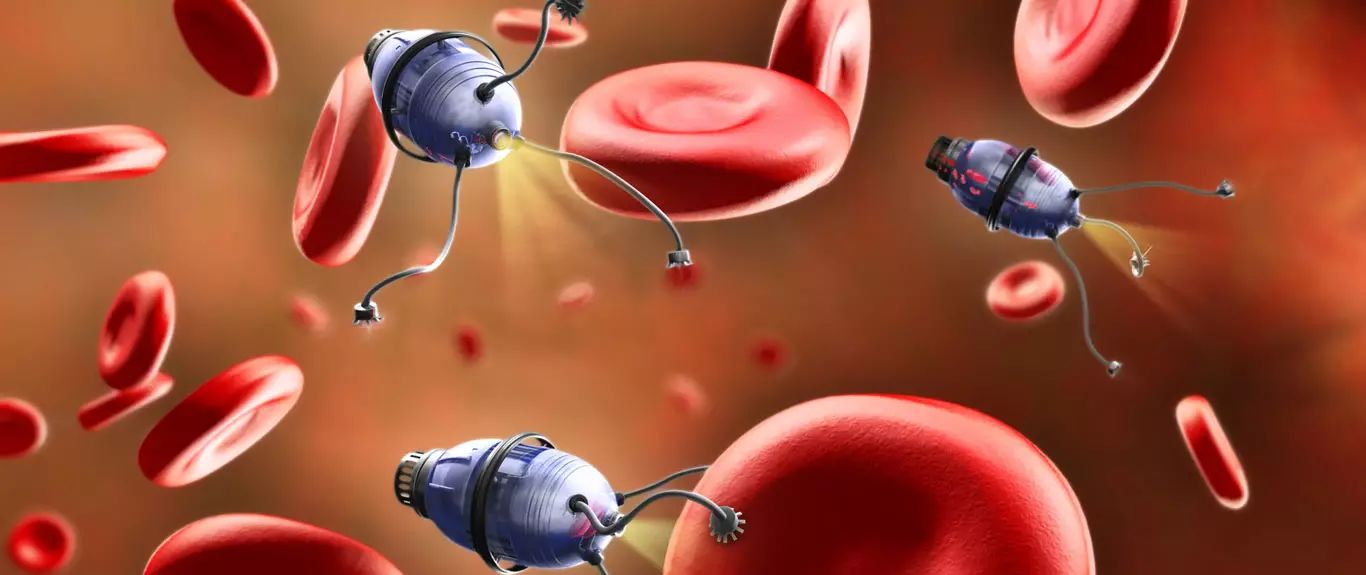Translated by: Mo Yanhua, Qinghai Provincial Hospital of Traditional Chinese Medicine
Reviewed by: Hu Qian, Chen Zhijin
According to information provided by the American Chemical Society, tiny self-propelled robots can trap bacteria and make drinking water safer.
The lack of clean water in many parts of the world is a persistent major public health issue. One day, microbots could help tackle this problem by removing contaminants and pathogenic bacteria. Scientists have reported new advancements toward this goal in the journal ACS Applied Materials & Interfaces.
Drinking water contaminated with pathogenic bacteria can lead to serious illnesses that can be life-threatening in areas with inadequate medical services without proper treatment. Water can be disinfected with chlorine or other disinfectants; however, some stubborn bacteria and other microorganisms are difficult to remove. While they can be treated with combinations of disinfectants or increased concentrations, their remnants and byproducts remain in the water and can pose health risks. In recent years, researchers have been exploring the use of self-propelled micromotors to degrade and capture pollutants in water. Building on this research, Diana Vilela, Samuel Sanchez Ordonez, and their colleagues aimed to see if they could successfully design microbots to eliminate pathogenic bacteria from water.

The team designed “two-faced” spherical particles to perform the task. One side is made of magnesium, which reacts with water to produce hydrogen bubbles that propel the entire robot. The other side consists of an alternating coating of iron and gold topped with silver nanoparticles. Bacteria adhere to the gold coating and are killed by the silver nanoparticles. Laboratory tests indicated that these particles can move in water for 15 to 20 minutes before the magnesium is depleted. They were able to capture over 80% of E. coli in water with a high bacterial concentration. Then, due to the magnetic properties of iron, the microbots can be easily removed with a magnet, leaving no harmful substances in the water.
Original Text:
Swimming Microbots Can Remove Pathogenic Bacteria From Water
Tiny, self-propelled robots trap bacteria and could help make water safer to drink (artist’s rendering). Courtesy of American Chemical Society.
The lack of clean water in many areas around the world is a persistent, major public health problem. One day, tiny robots could help address this issue by zooming around contaminated water and cleaning up disease-causing bacteria. Scientists report a new development toward this goal in the journal ACS Applied Materials & Interfaces.
Drinking water contaminated with pathogenic bacteria can cause serious illnesses that, in areas with spotty medical services, are potentially life-threatening without proper treatment. Water can be disinfected with chlorine or other disinfectants, but there are some hardy bacteria and other microorganisms that are hard to remove. Treating water with a combination of disinfectants or increasing their concentrations can help. But they remain in the water, and their byproducts can be harmful to human health. In recent years, researchers have been exploring the use of self-propelled micromotors to degrade and capture pollutants in water. Building on this work, Diana Vilela, Samuel Sánchez Ordóñez and colleagues wanted to see if they could engineer tiny robots to remove waterborne bacteria.
The team designed “two-faced” spherical particles to perform the task. One face is made with magnesium, which reacts with water to produce hydrogen bubbles to propel the microbots. The other face is made out of alternating iron and gold layers topped by silver nanoparticles. Bacteria stick to the gold and are killed by the silver nanoparticles. Lab testing showed that the particles can motor around in water for 15 to 20 minutes before the magnesium is spent. And they trapped more than 80 percent of E. coli in water spiked with a high concentration of the bacteria. Then, because of the iron’s magnetic properties, the microbots are removed easily with a magnet, without leaving behind any harmful waste in the water.
Source: American Chemical Society
Text and image editing: Liu Huan
Reviewed by: Sun Qingfen, Zhao Jing
